5 Things to Expect When Hiring Arborists
Hiring an arborist can be a critical step in maintaining the health and safety of trees on your property. Understanding what to expect during the process can ensure you make the most informed decision. This article outlines the key considerations and expectations when hiring a professional arborist.
1. Assessment and Evaluation of Trees
A crucial first step in hiring an arborist is the initial site visit. During this visit, the arborist will conduct a preliminary assessment of your trees and property to understand the scope of work required. They will examine factors such as the age, species, and general condition of your trees. This visit is essential for setting the groundwork for more in-depth evaluations and actions that might follow. The arborist will record observations that will help tailor a more detailed plan for your specific needs.
Once the initial assessment is done, arborists perform a detailed health analysis of your trees. This involves looking at the trees' foliage, bark, and growth patterns to identify any underlying health issues. They may also collect samples to test for diseases or pests that are not immediately visible. The outcome of this detailed analysis will inform the arborist's recommendations for treatment or intervention. Understanding the health of your trees is fundamental to their long-term care and maintenance.
Risk assessment is a critical component of tree evaluation that an arborist will conduct. This is particularly important for properties with older or larger trees that could pose safety hazards. The arborist will evaluate the likelihood of branches falling or trees collapsing, especially during storms or high winds. By understanding these risks, property owners can take preemptive measures to minimize potential damage. This may include pruning, cabling, or even removal of dangerous trees.
2. Licensing and Certification
Certification is a vital factor when considering hiring an arborist. Certified arborists have undergone rigorous training and education to qualify in their field. This ensures they possess the necessary skills and knowledge to care for trees effectively and safely. Hiring a certified professional provides peace of mind that you're working with an expert who adheres to industry standards. Proper certification is a reflection of the arborist's commitment to ongoing education and ethical practices.
Different types of licenses and certifications exist within the arboriculture industry. The most recognized certification is through the International Society of Arboriculture (ISA), which ensures arborists meet high standards of safety and service. Other certifications may focus on specific areas such as tree risk assessment or plant healthcare. It's crucial to verify what types of licenses an arborist possesses to ensure they are relevant to the services you need. Some regions may also require specific local or state licenses for operation.
The field of arboriculture is constantly evolving, and continuing education is essential. Certified arborists are required to engage in ongoing training to maintain their credentials. This commitment to continuous learning ensures they are up-to-date with the latest techniques and safety protocols. Arborists who prioritize education are better equipped to provide innovative solutions for your tree care needs. By prioritizing continuing education, you benefit from their expertise and adherence to new and effective practices.
3. Services Offered
Pruning and trimming are basic services offered by
arborists to enhance tree appearance and health. Proper pruning involves the strategic removal of branches to improve structure and stimulate growth. Trimming, often necessary for aesthetic reasons, also minimizes risks associated with falling branches. According to Forbes, trimming a tree between 30 to 60 feet should cost between $150 to $775, depending on various factors. An experienced arborist ensures these services are performed safely and effectively without harming the tree.
Tree removal may become necessary due to disease, obstruction, or safety concerns. This process requires careful planning and execution to prevent damage to the property or surrounding environment. Arborists leverage specialized equipment and techniques to remove trees efficiently and safely. They will also handle the disposal of tree debris and may offer stump removal services as well. The decision to remove a tree should be guided by careful assessment and professional advice to ensure it's the best course of action.
Pest and disease management is essential in maintaining the health of your trees. Arborists are trained to identify signs of infestation or disease early, which is critical for effective intervention. They may recommend treatments such as insecticides, fungicides, or natural alternatives depending on the situation. Ongoing monitoring and maintenance can help prevent future outbreaks, protecting your trees from long-term damage. Pest management strategies should be part of a comprehensive tree care plan developed by your arborist.
4. Cost Considerations
Understanding the factors that influence the cost of arborist services can help you budget effectively. Costs are generally determined by the size and species of trees, the scope of work, and the complexity of the task. Accessibility issues and the urgency of the required service may also impact pricing. Additional factors such as permits, equipment, disposal, and travel expenses can further influence overall costs. Transparency in pricing helps avoid misunderstandings, so it's essential to discuss all potential costs upfront with your arborist.
Receiving a detailed estimate is an important step before engaging arborist services. The estimate should outline all anticipated work and associated costs, allowing you to compare with other service providers. It should include a breakdown of materials, labor, equipment, and any additional fees. Detailed estimates provide a clear understanding of what services are being offered and the expected outcomes. A well-prepared estimate is a hallmark of a professional arborist who values transparency and client trust.
Payment terms and options are essential considerations when hiring an arborist. It's important to discuss and agree upon payment schedules, whether the project requires a deposit, and the preferred payment method. Flexibility in payment terms can be advantageous for budgeting, especially for larger projects. Regular communication concerning payments helps maintain a clear and professional relationship. Understanding these terms and options upfront avoids confusion and ensures financial clarity throughout the project.
5. Safety Protocols
Safety is paramount in arborist operations, and personal protective equipment (PPE) is critical. Arborists are required to wear appropriate gear such as helmets, gloves, eye protection, and chainsaw-resistant clothing. This equipment not only protects the arborist during operations but also signifies adherence to safety regulations. Observing the use of PPE during work is a good indicator of a professional and safety-conscious arborist. Proper safety equipment minimizes the risk of accidents, ensuring the well-being of workers and property.
On-site safety procedures are designed to prevent accidents and ensure efficient project execution. Arborists should establish clear protocols for setting up work zones, signaling, and communicating during operations. These procedures are crucial in identifying potential hazards early and mitigating them effectively. Observing these practices enhances overall trust and reassures clients about the arborist's professionalism. A commitment to safety procedures reflects an arborist's dedication to high-quality service standards.
An essential aspect of hiring an arborist is verifying their insurance and liability coverage. Adequate insurance protects both the property owner and the arborist from financial loss in the event of accidents or damages. It's prudent to request proof of insurance before any work begins and confirm that the coverage is current. Discussions about liability should also include any potential property damage and accidental injuries. Ensuring proper insurance and liability coverage provides peace of mind and professional accountability.
Having an emergency response plan is critical in case of unforeseen incidents during tree work. Arborists should have a well-defined strategy for handling emergencies such as severe weather or equipment failure. Knowledge of first aid, communication channels, and local emergency contacts is vital for rapid response. Discussing potential scenarios and response plans with your arborist ensures preparedness and swift action if required. A robust emergency response plan is indicative of a professional's commitment to safe and responsible operations.
Hiring an arborist involves careful consideration of various aspects including certification, service offerings, cost, and safety. Being well-informed about what to expect can lead to better decision-making and healthier, safer trees. With these guidelines, you are well-equipped to choose the right professional for your arboriculture needs. Call us at Eduardo's Tree Service today!
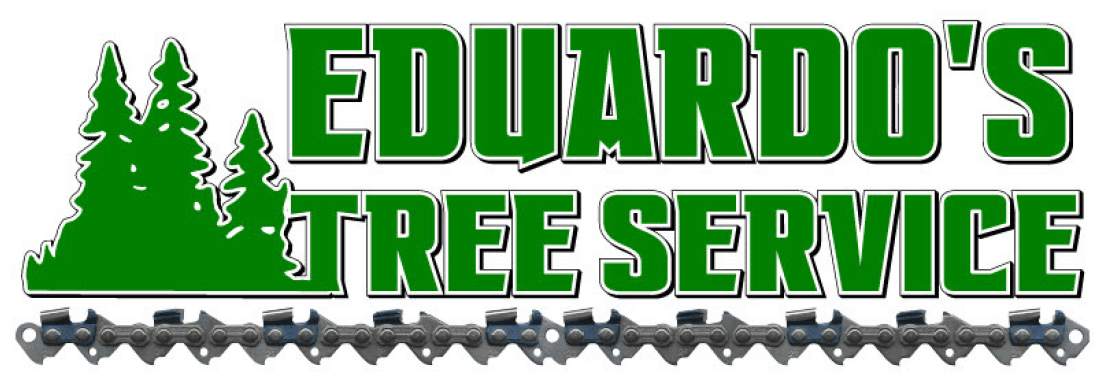
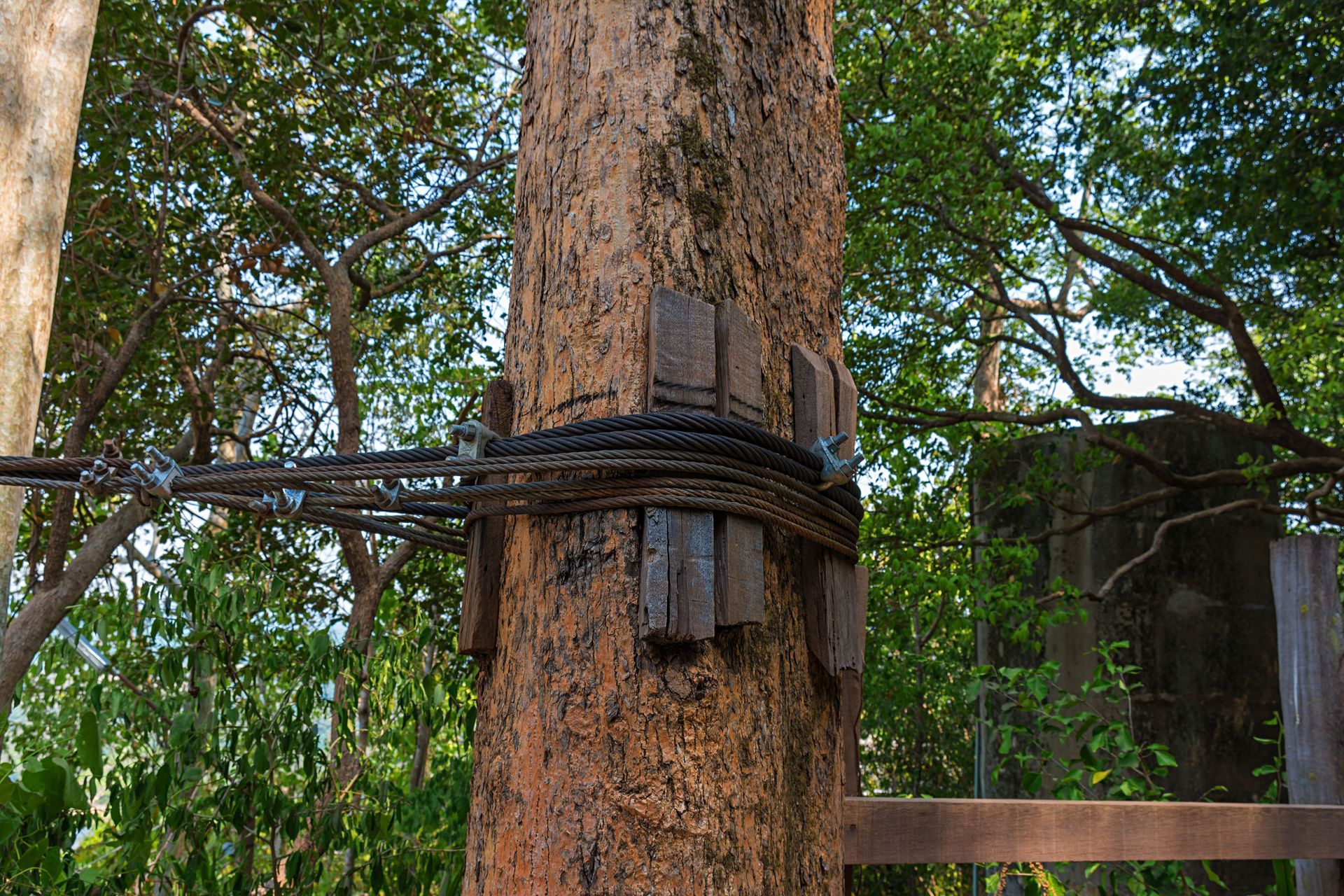
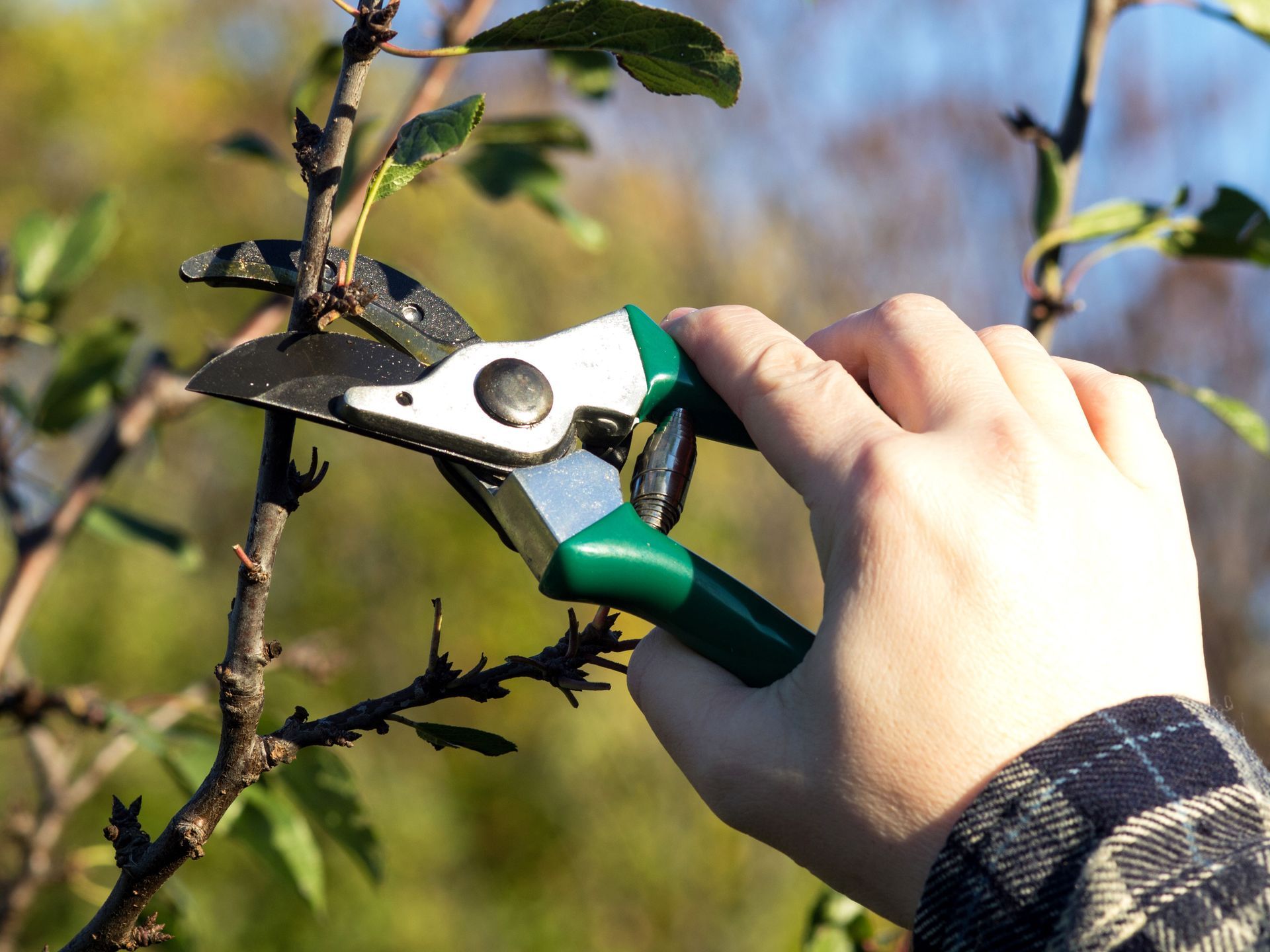
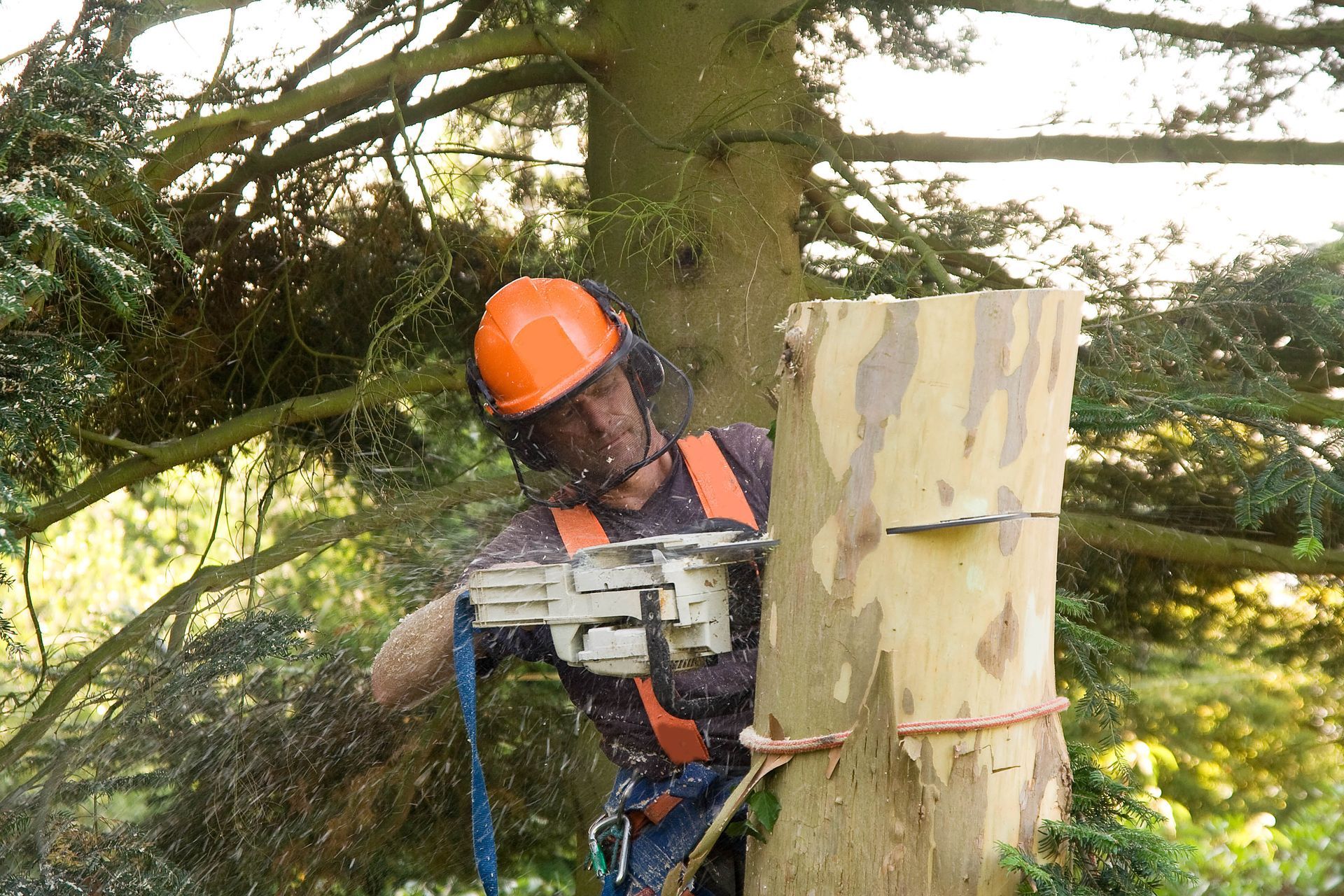
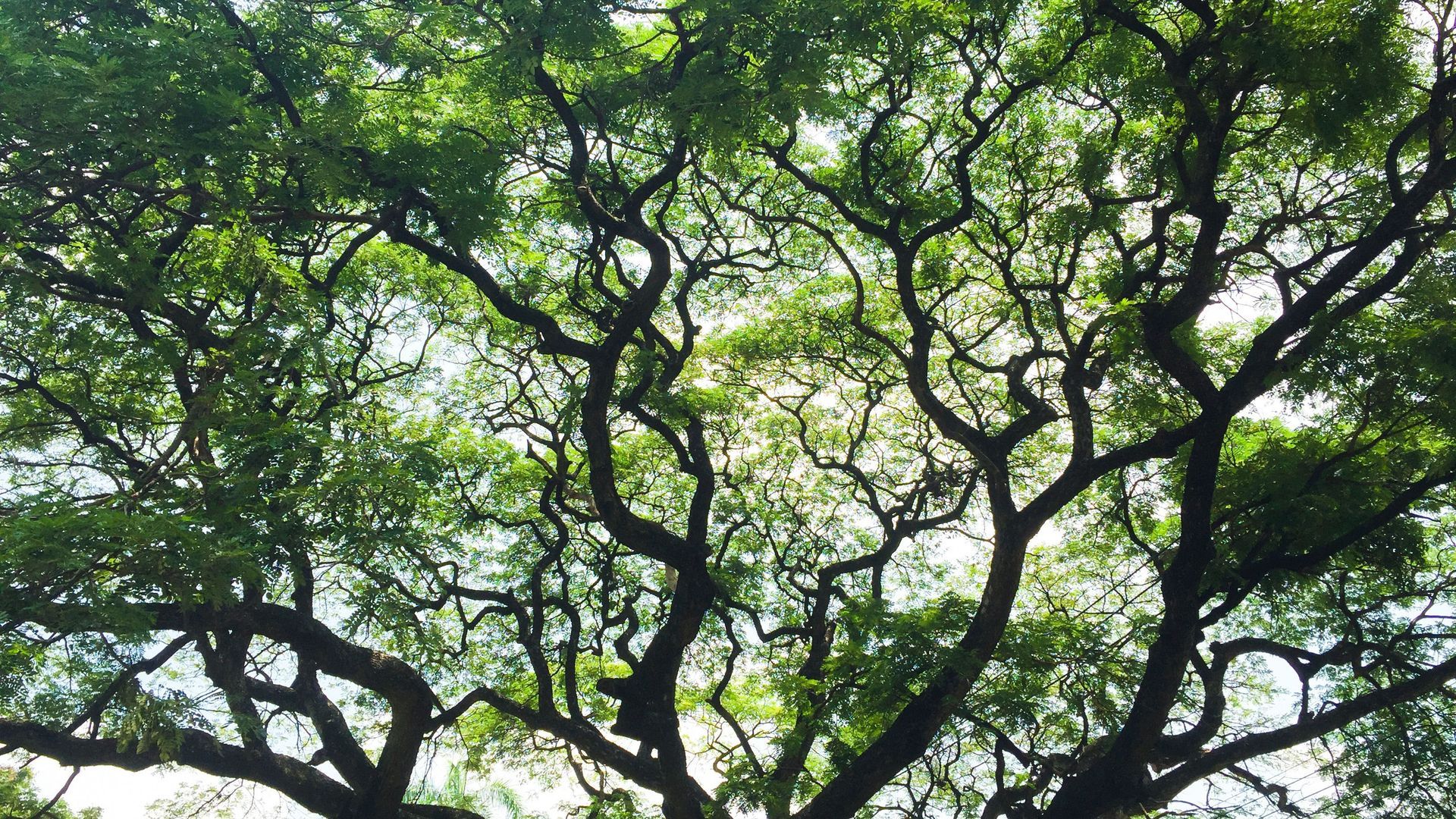
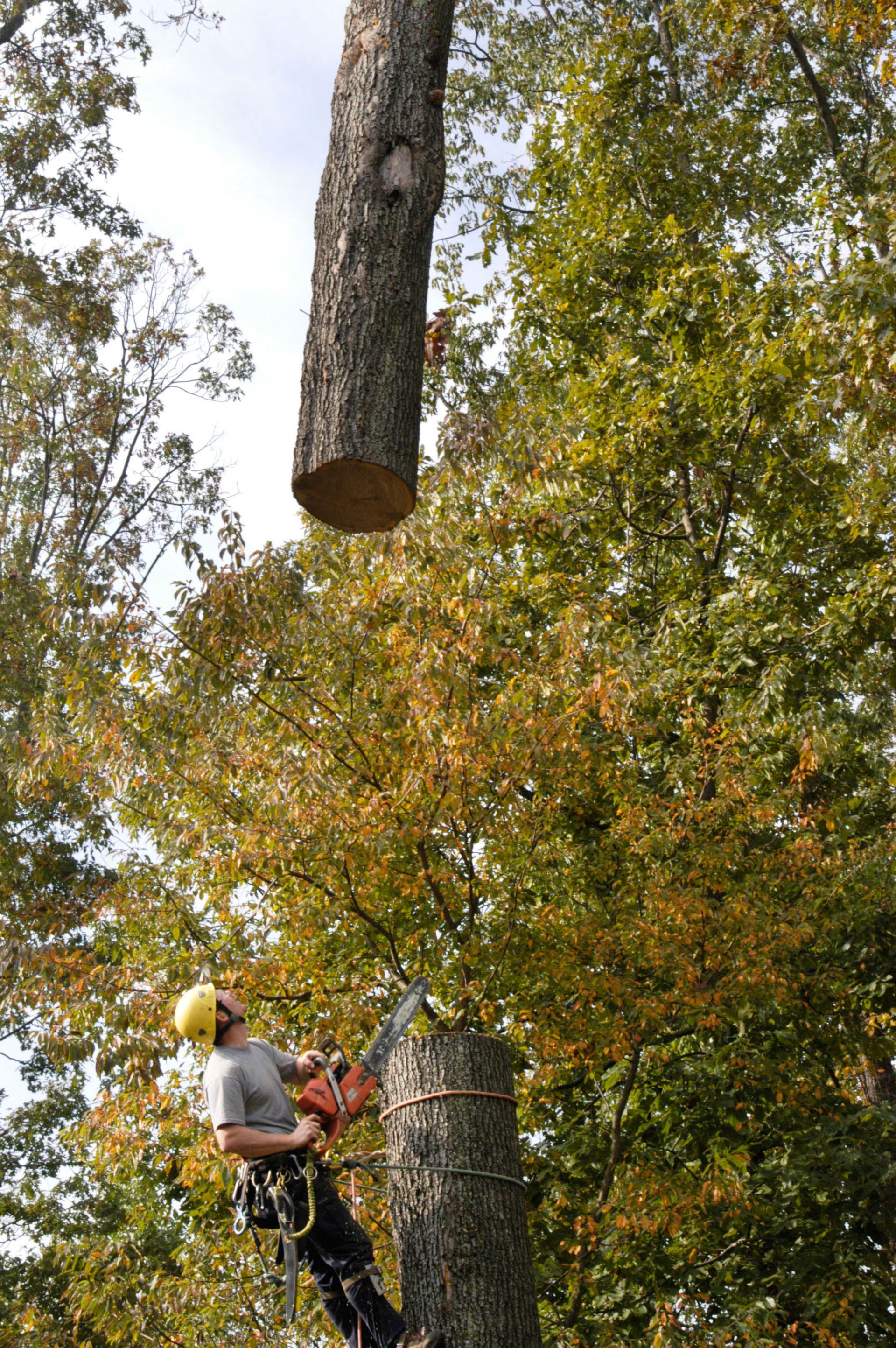
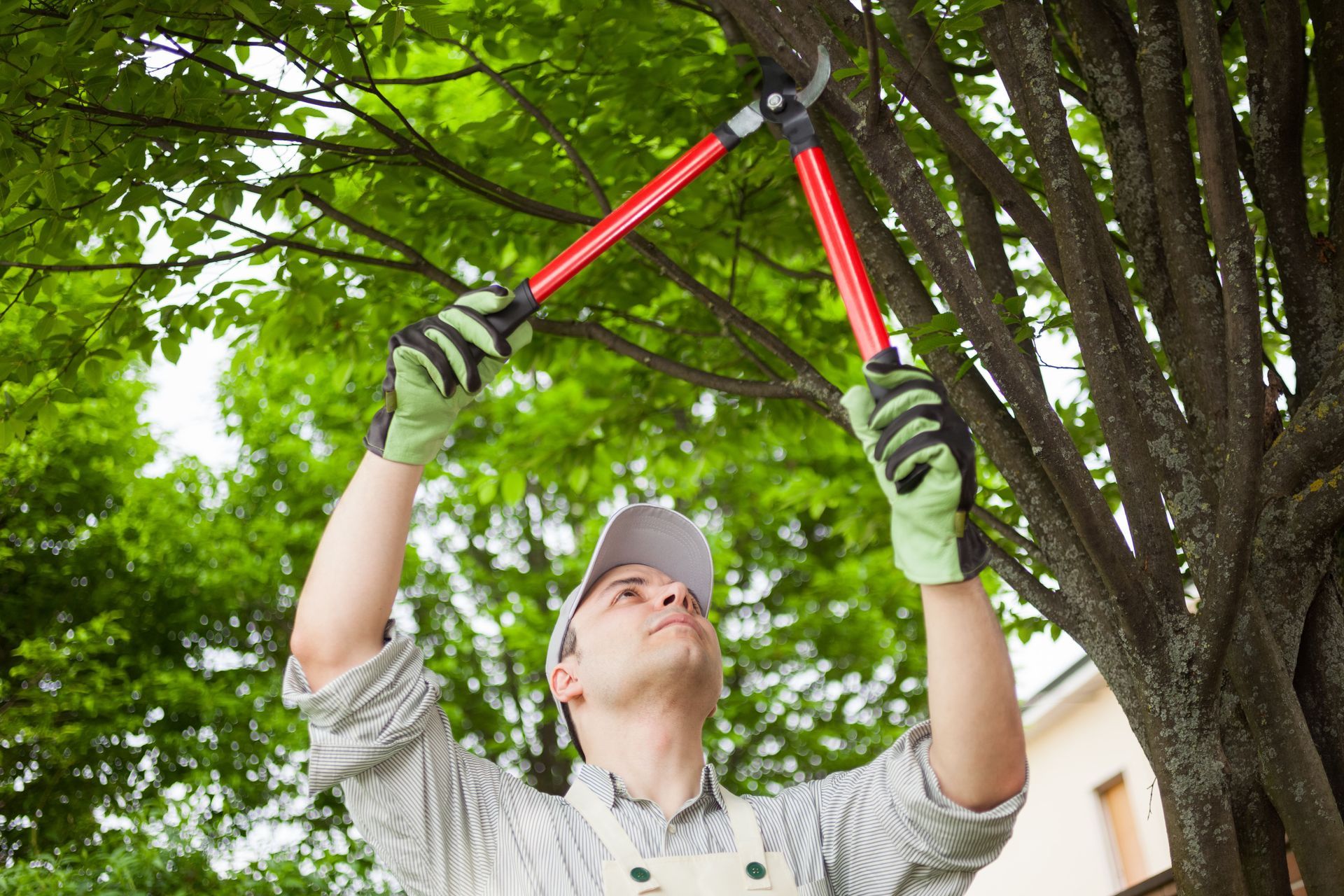
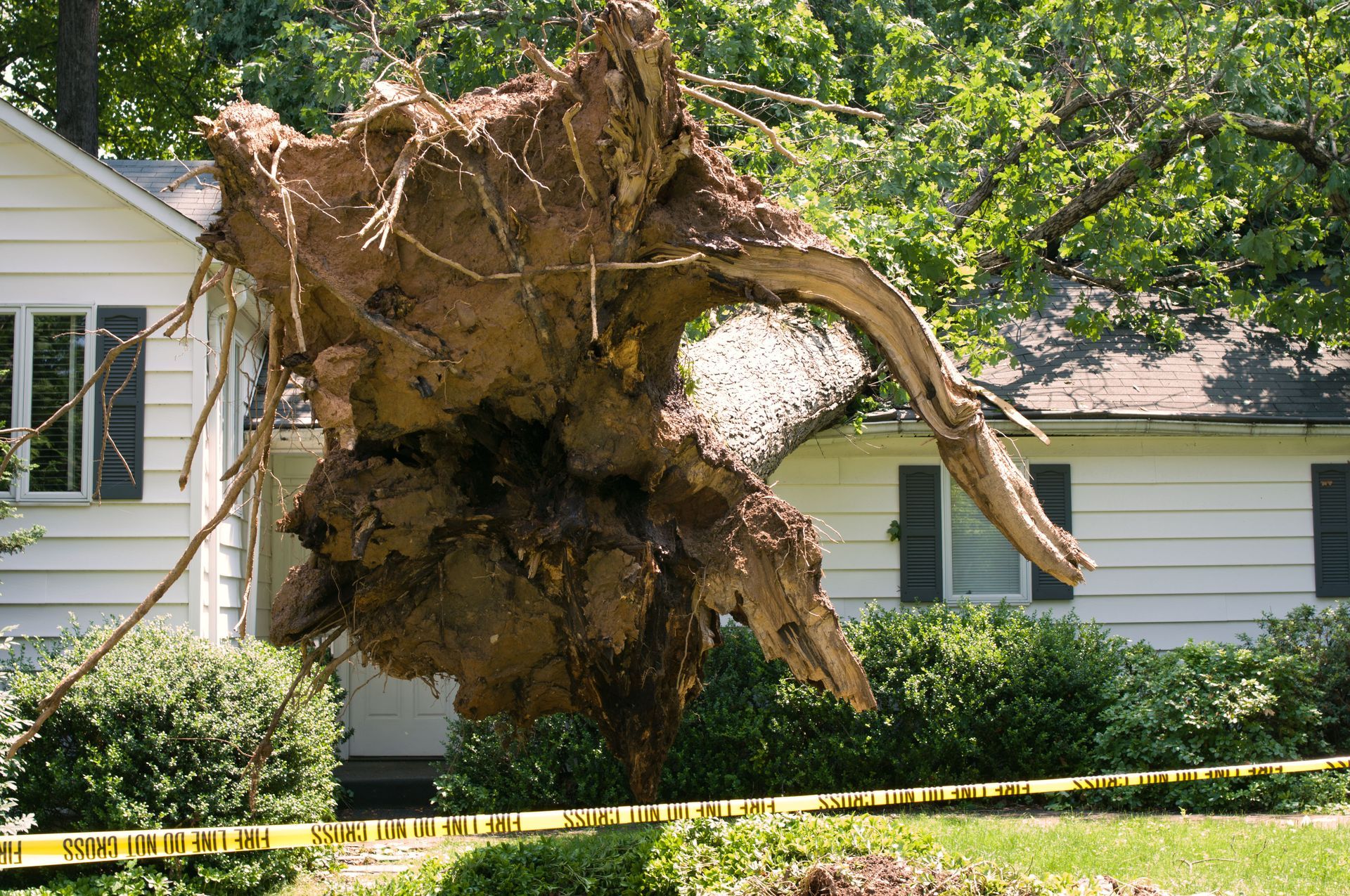

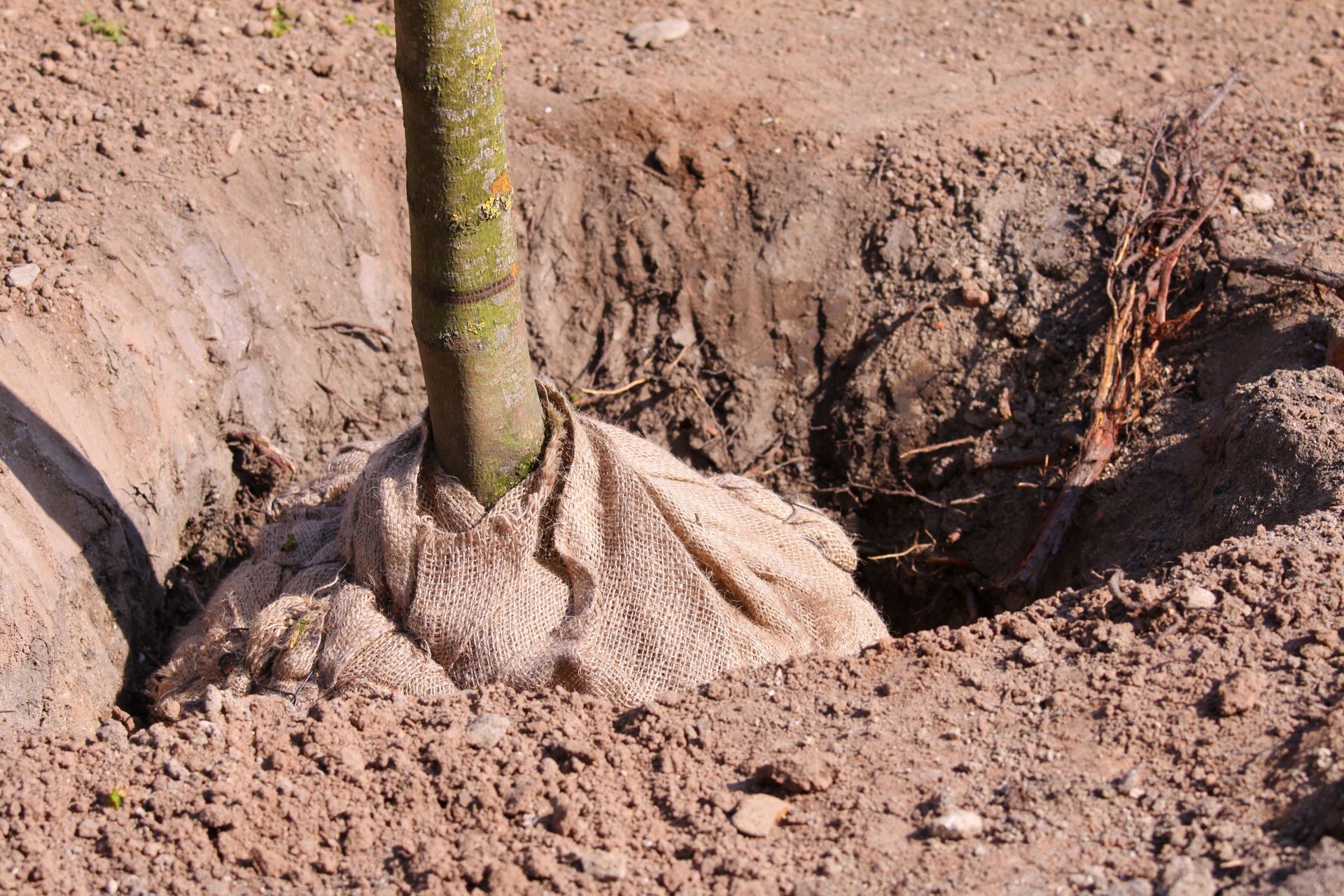
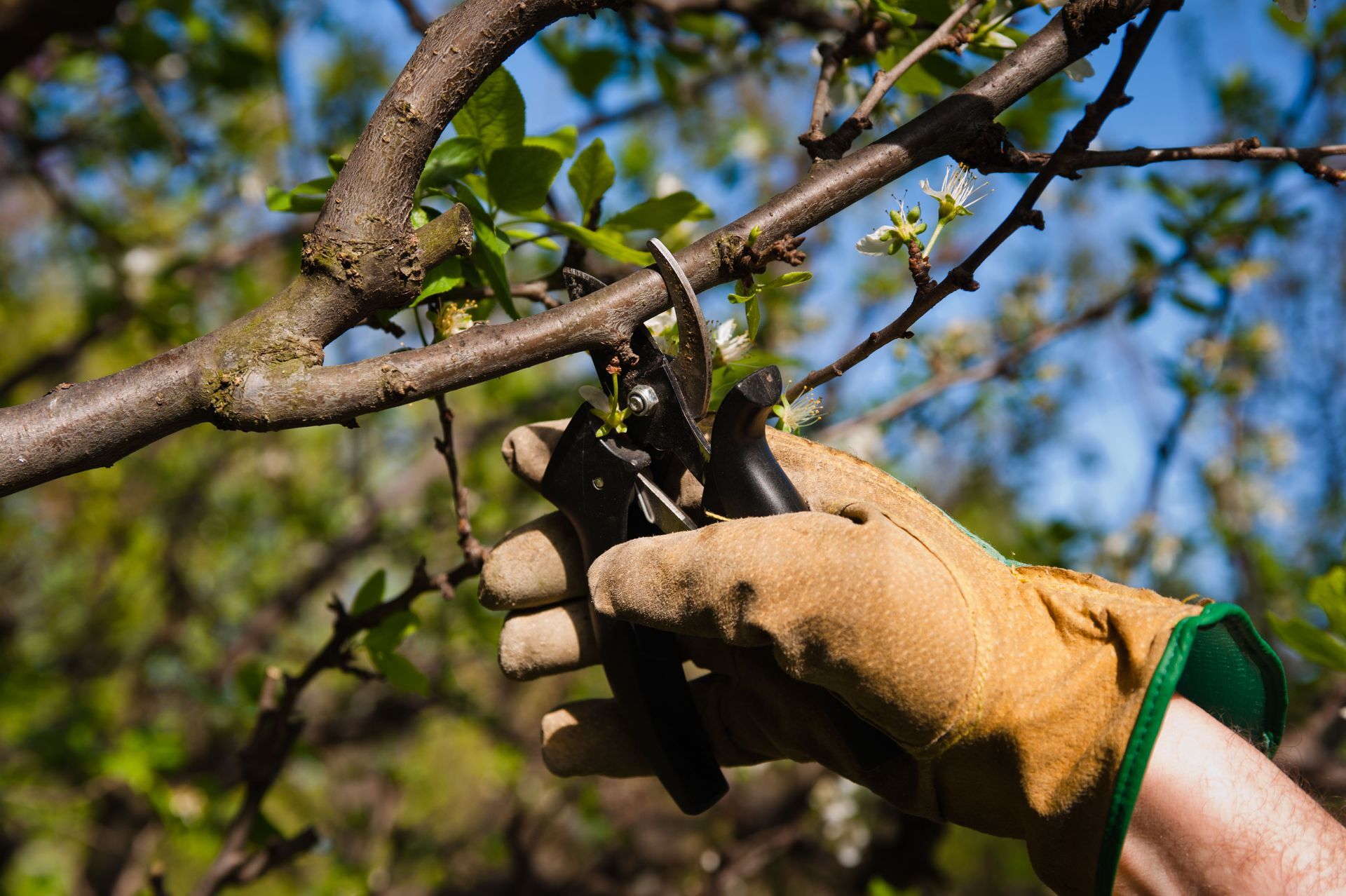

Share On: